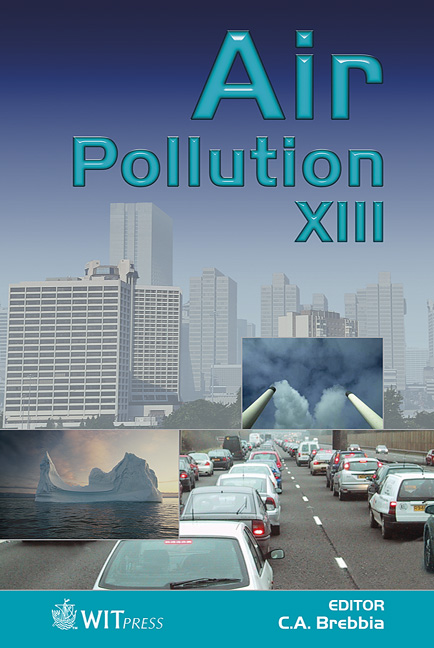A Study On Tropospheric Ozone Concentration Near An Oil Refinery At Falconara, Italy
Price
Free (open access)
Transaction
Volume
82
Pages
10
Published
2005
Size
925 kb
Paper DOI
10.2495/AIR050411
Copyright
WIT Press
Author(s)
F. De Santis, A. Pasini, R. Bellagotti, F. Vichi, D. Zona & I. Allegrini
Abstract
Data for ozone, nitrogen oxides, atmospheric stability and meteorological analyses by back-trajectories from two months of July and August 2001 were used to analyse the relative importance of local and mesoscale wind systems and vertical mixing at Falconara (Ancona, IT). The highest ozone concentrations coincided with elevated instability and occurred during the early afternoon when winds and turbulent mixing were at their maximum. Results show that the ozone season and the associated photochemical episodes in the Falconara area are not particularly important and comparable to other coastal areas on the Adriatic Sea. On the basis of this study the target air quality objectives for ozone are likely to be achieved in this area by the deadline set by the European Framework and Daughter Directives (i.e. 2010). Keywords: tropospheric ozone, monitoring of ozone, back trajectory analysis. 1 Introduction The operation of refineries is associated with the emission of various substances into the atmosphere, mainly originating from the production processes, the storage tanks, the transport pipelines and the waste area. Among the most important atmospheric pollutants emitted by refinery plants NO and NO2 (summed as NOx) and reactive volatile organic compounds (VOCs) are those of major concern which are involved in ozone formation in the downwind plume through a complicated series of photochemical reactions [1]. Possible health hazards from oil refineries have been a long-standing community concern particularly when such industrial activities are located near urban areas where housing, schools, shops and related public facilities are present [2, 3].
Keywords
tropospheric ozone, monitoring of ozone, back trajectory analysis.





